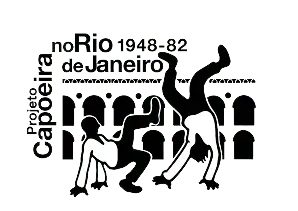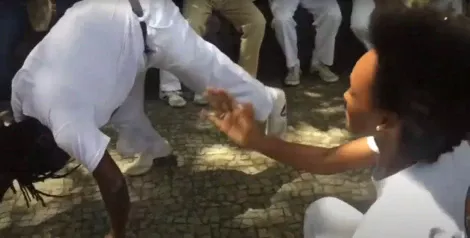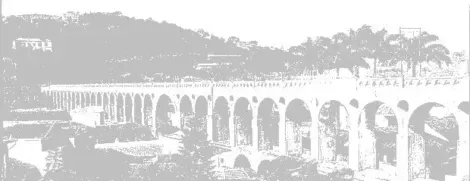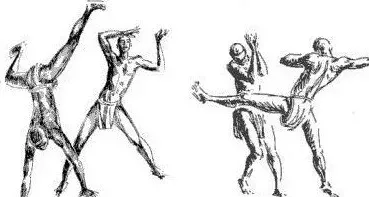The Lavradio Roda
By Matthias Röhrig Assunção. Mestre Célio during the interview for the project, in January 2020. Master Célio Gomes began capoeira around 1980 with mestre Poeira…
The Lapa district, a stronghold of rogues and bohemians
By Juliana Pereira & Matthias Röhrig Assunção. PUSTKOW, Friedrich. View of Santa Thereza. Rio de Janeiro, RJ: G. Leuzinger Ed., [1850]. 1 engraving, lithography, ,…
Prata Preta: an exiled capoeira
By KK Bonates – Luiz Carlos de Matos Bonates On 10 November 1904, a series of popular protests took place on the streets of Rio…
Thoughts on Capoeira in Present Time
By Luiz Renato Vieira. Class at the Capoeira project, University of Brasilia (UnB) Since the beginning of the 20th century, historians have discussed whether the…
The Letters: Neves e Sousa, Câmara Cascudo and the Engolo Myth
By Ricardo Nascimento e Cinézio Peçanha. For the majority of capoeira practitioners, as for the majority of scholars, there is little doubt about the African…
An Old Attack on UK capoeira
Sara Delamont, Cardiff University The UK has a ‘free’ Radio and TV service provided by the British Broadcasting Corporation (BBC) which carries no advertisements. It…
Capoeira parading for the Samba Schools
By Matthias Röhrig Assunção. Both Carnival and capoeira have a long history in Rio de Janeiro; this includes a number of quite different periods, since…
Central Station Roda
By Matthias Röhrig Assunção. Central do Brasil, 1957. Source: IBGE. Capoeira, as many people know, was banned from Rio de Janeiro’s streets in the 1890s, resulting in arrests…
The Roda at Zé Pedro’s
By Matthias Röhrig Assunção. Mestre Zé Pedro, in a rare smile, next to Mestre Artur Emídio, in the 1970s, in the academy that they shared…
Capoeira, the transnational dialogue of bodies in motion
By Daniel Granada. Once the African-Brazilian martial art called capoeira was distant. Now it’s right next door. North American women and men play this blend…










